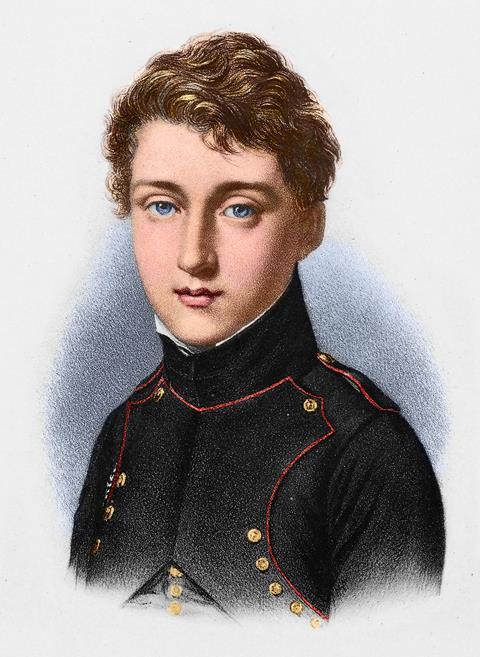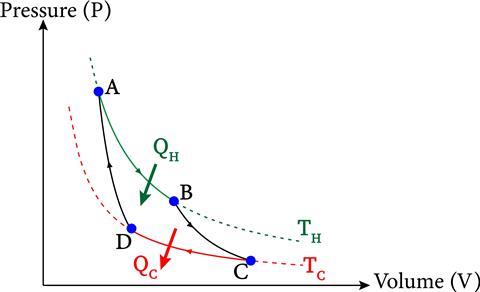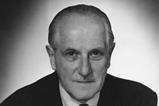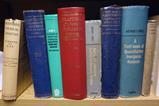In late October 2021 my house’s gas-fired ‘boiler’ died suddenly. My wife and I found ourselves in a steadily cooling house wondering how to heat it. Two months later an enthusiastic start-up company installed a heat pump which, after a couple of false starts, began purring away. Being something of a nerd, I hooked up sensors to my pump to measure temperatures and energy flows. I soon came across a familiar phrase: the Carnot efficiency, a reminder of the seminal contribution that a dilettante physicist made to our understanding of thermodynamics.

Nicolas Léonard Sadi Carnot was born into a well-off and well-connected family in Paris. His father Lazare had taken part in the revolution of 1789 and gradually came to be associated with the hardline faction led by Maximilien Robespierre. Lazare reformed the army, and his successes meant he survived unscathed when Robespierre was deposed. He soon transferred his allegiance to the charismatic general Napoleon Bonaparte. But Lazare was much more than a politician – he was also a widely read polymath who wrote a book on mechanics and an analysis of the efficiency of machines. That work almost certainly had an impact on his son.
Patriot games
After finishing high school, Carnot entered the elite École Polytechnique. In 1813, as Napoleon’s regime tottered and the Allied forces pushed towards Paris, Carnot joined a regiment of fellow students, distinguishing himself in battle and being wounded. Napoleon’s regime fell all the same. Lazare was forced into exile. Carnot graduated and then moved to the military engineering school in Metz.
In 1819 a promotion brought him back to Paris where he pursued his varied interests. He was a good violinist, an excellent dancer and as a sport he enjoyed boxing. He attended lectures all over Paris, including those by the industrial chemist Nicolas Clément at the Conservatoire des Arts et Metiers – the national museum of technology.
Clément is remembered today as the person who first defined the calorie. Working with Charles Desormes, he had investigated the heat capacities of gases, and was now trying to understand steam engines. His approach combined the latest work on the behaviour of gases with the current understanding of ‘caloric’, the imponderable substance responsible for ‘heat’ changes observed during physical and chemical processes. Clément’s ideas, and the growing threat of Britain’s technological superiority, motivated Carnot to produce his own analysis.
The rest is thermodynamics
He started by asking whether there was any theoretical limit to the work obtainable from a heat engine. He implicitly rejected of the idea of caloric; heat and work were for Carnot aspects of the same thing. Following Clément he dissected the process of an engine into a cycle involving four reversible steps: two taking place at constant temperature, and two where the compression or expansion were accompanied by temperature changes. Today we refer to these as isothermal and adiabatic processes, but at a time when the very concept of energy was in its infancy, it was a new way to look at the cycle. He quantified the work done and the heat transferred at each stage using the latest data on gases to show that the heat transferred depended only on the starting and finishing points of each step, the idea of the state function. Most critically of all, he demonstrated that the temperature difference across the cycle drove the efficiency, and not the pressure inside the engine. In other words, work was only possible when heat passed from hot to cold, which he felt was a new law of nature. In consequence, he concluded that the nature of the working fluid – steam or air – was immaterial.

The small book, that Carnot had privately printed in 600 copies, fell flat. There is a sense that its originality went unrecognised at a time when the practical, material problems of engines loomed much larger than the theory. By the time Carnot fell ill in 1832 with scarlet fever and died of cholera, he had been forgotten. But his death led to a re-evaluation of his essay. The French physicist Émile Clapeyron wrote first an obituary and then a more detailed analytical development of Carnot’s idea. During a visit to Paris, William Thomson (later Lord Kelvin) was unable to find Carnot’s book but read Clapeyron’s paper. By 1850, he and Rudolf Clausius separately reconciled Carnot’s ideas about motive power with James Joule’s measurements of the equivalence of heat and work, using the concepts of absolute temperature and entropy. Thermodynamics was born.
Carnot’s insight is all around us and his ideas have become ever more critical to our decision-making in a warming world. As I listen to my purring pump, I wonder whether Carnot actually imagined that one might turn his theoretical machine on its head and use an external motive force – electricity – to generate heat, and keep a family warm on a cold night.

















No comments yet